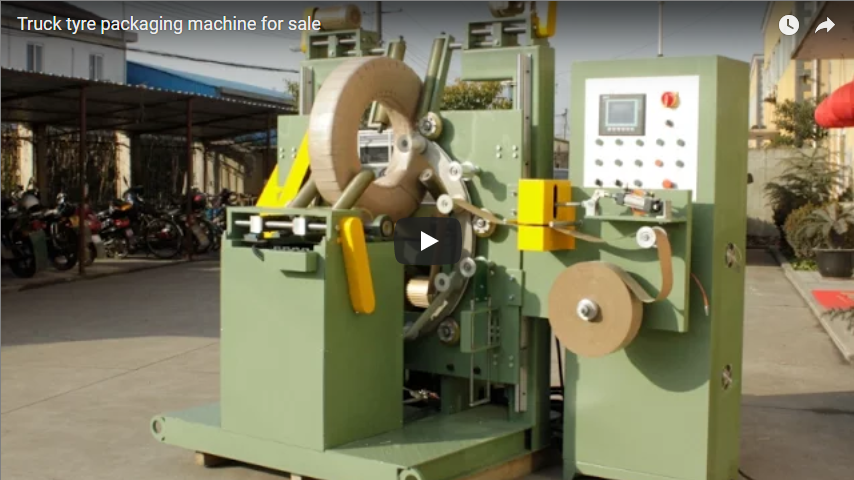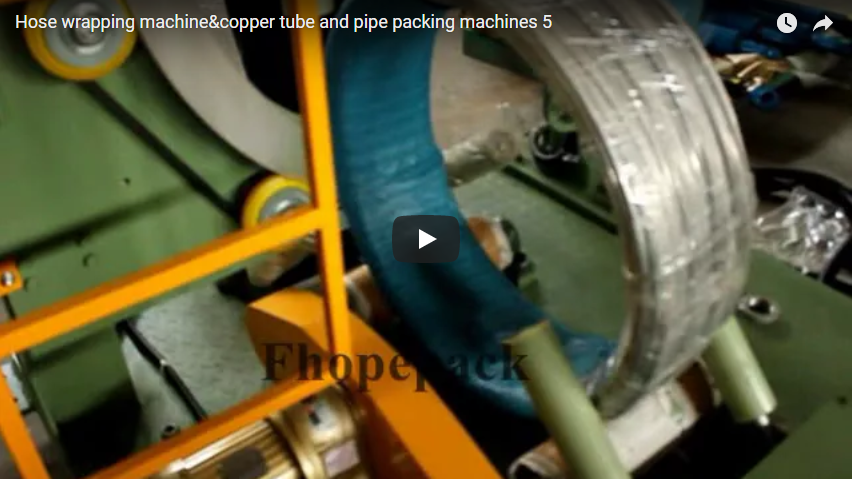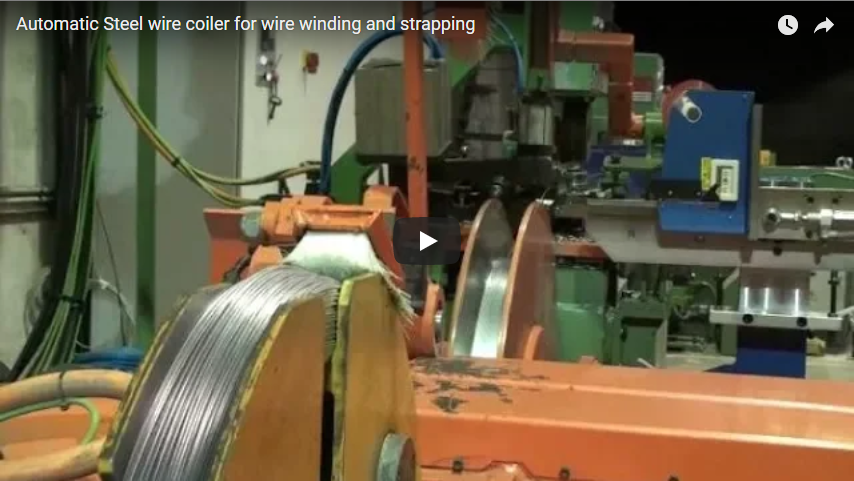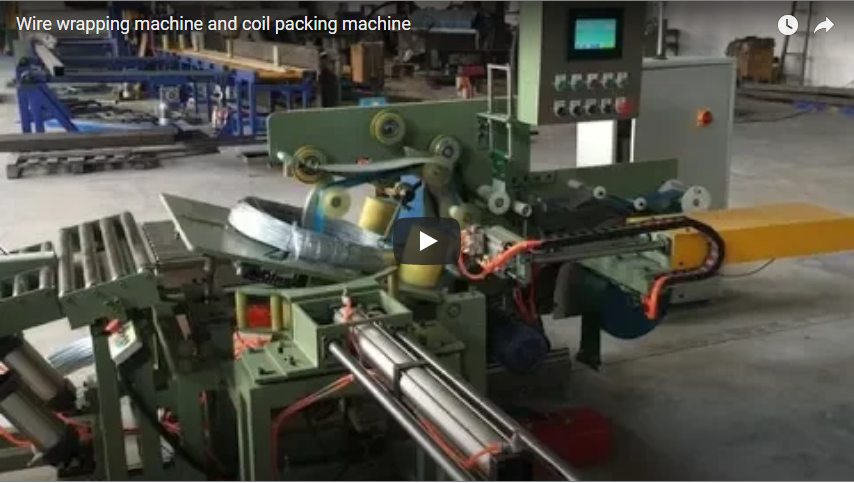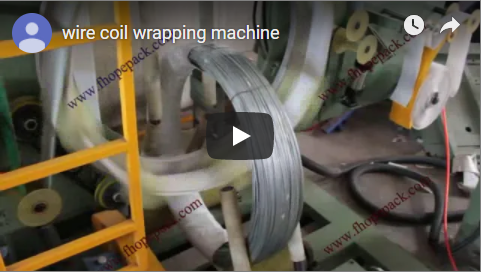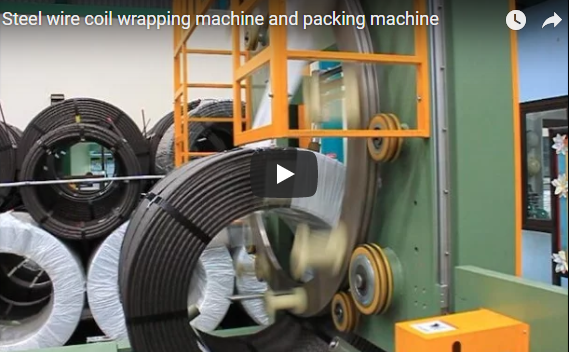Streamlining Operations: A Closer Look at the Automatic Wire Coiler and Strapping Machine
In today's demanding manufacturing and fabrication environments, efficiency and consistency are paramount, especially when handling high volumes of wire products. Manual coiling and strapping processes can quickly become bottlenecks, introducing inconsistencies and increasing labor costs. The automatic wire coiler and strapping machine emerges as a critical solution, automating a labor-intensive task with precision and speed. This article delves into the mechanics, benefits, and practical considerations of this essential piece of industrial equipment.
1. Deconstructing the Process: How It Works
At its core, an automatic wire coiler and strapping machine integrates several key functions into a seamless automated sequence. Understanding these steps clarifies the machine's value:
1.1. Wire Pay-off and Feeding
The process begins with wire being drawn from a large spool or payoff system. A precisely controlled wire feed system ensures a consistent tension and feed rate, which is crucial for forming uniform coils. Often, this stage includes straightening rollers to remove any curvature from the wire before coiling.
1.2. Precision Coiling
The wire then enters the coiling mechanism. This unit winds the wire into coils of predetermined dimensions. Advanced systems offer programmable control over:
- Coil Inner Diameter (ID): The central opening size.
- Coil Outer Diameter (OD): The overall size of the coil.
- Coil Width/Height: The traverse length along the coiling axis.
- Winding Pattern: Ensuring neat, layer-wound coils for stability.
1.3. Accurate Cutting
Once the desired length or weight of wire is coiled, an integrated cutting mechanism cleanly shears the wire.
1.4. Automated Strapping
Immediately following the cut, the completed coil is transferred or indexed to the strapping station. Here, an automated strapping unit applies one or more straps (typically PET or steel) around the coil's circumference. This secures the wire, maintains the coil shape for handling and transport, and prevents unwinding. The number and position of straps are usually programmable.
1.5. Coil Ejection and Handling
Finally, the securely strapped coil is ejected from the machine, often onto a conveyor, accumulation table, or tilting mechanism, ready for the next stage of packaging or shipment.
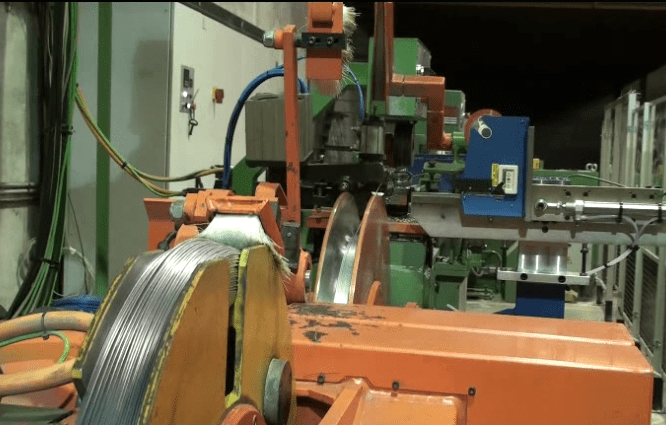
2. Key Technical Parameters to Consider
While specific capabilities vary widely between models and manufacturers, typical technical specifications fabricators evaluate include:
- Wire Material Compatibility: Steel (low/high carbon), stainless steel, copper, aluminum, etc.
- Wire Diameter Range: e.g., 1.0mm - 8.0mm
- Coil Inner Diameter (ID): e.g., 300mm - 600mm
- Coil Outer Diameter (OD): e.g., 500mm - 1200mm
- Maximum Coil Weight: e.g., 50kg - 2000kg
- Coiling Speed: Variable, often measured in meters per minute.
- Strapping Material: PET, PP, or Steel strapping.
- Number of Straps: Programmable, typically 2 to 4.
- Control System: PLC-based controls with HMI (Human-Machine Interface) for easy parameter setting and diagnostics.
- Power Requirements: Voltage, phase, and power consumption.
- Footprint and Layout: Machine dimensions and integration requirements.
Note: These are illustrative ranges; always consult manufacturer specifications for precise details.
3. The Fabricator's Edge: Tangible Benefits of Automation
Investing in an automatic wire coiler and strapping machine translates directly into operational advantages:
- Increased Throughput: Dramatically faster cycle times compared to manual methods, significantly boosting production output. We've seen shops double or triple their coiling capacity almost overnight.
- Unwavering Consistency: Automated control ensures every coil meets precise dimensional and weight specifications, enhancing product quality and reducing scrap. Customers appreciate reliably uniform coils.
- Enhanced Operator Safety: Minimizes manual handling of heavy wire and repetitive motions associated with manual coiling and strapping, reducing the risk of strains and injuries.
- Reduced Labor Costs: Frees up personnel from tedious manual tasks, allowing them to focus on higher-value activities. One machine can often do the work of multiple operators.
- Optimized Material Usage: Precise length/weight measurement and tight coiling can minimize wire waste. Secure strapping reduces transit damage.
- Seamless Integration: These machines are often designed for integration into larger automated production lines, communicating with upstream and downstream equipment.
4. Real-World Applications and Operational Insights
These machines are indispensable across various industries:
- Wire Manufacturing: Producing finished coils for distribution.
- Construction: Coiling rebar wire or mesh wire.
- Automotive: Preparing wire for harness manufacturing or component production.
- General Manufacturing: Coiling spring wire, fencing wire, or binding wire.
From the Floor: Fabricators consistently report that the biggest initial adjustment is trusting the automation. Setting up the parameters correctly for different wire types and coil sizes is key. Regular preventative maintenance, especially on the cutter and strapping head, is crucial for minimizing downtime. Operator training should focus not just on operation but also on basic troubleshooting and understanding the HMI diagnostics. The result is a tightly wound, securely strapped coil ready for efficient storage or further processing, potentially involving a dedicated wire coil packing machine for enhanced protection.
5. Selecting the Right Coiling and Strapping System
Choosing the appropriate machine involves assessing:
- Capacity Needs: Match the machine's specifications (wire size, coil dimensions, weight) to your production requirements.
- Material Handling: Consider the type of wire (rigidity, surface) and how it affects feeding and coiling.
- Flexibility: Do you need quick changeovers for different wire products? Evaluate the ease of parameter adjustment.
- Level of Automation: Consider integration needs with existing lines and data logging requirements.
- Manufacturer Support: Availability of service, spare parts, and technical expertise is vital.
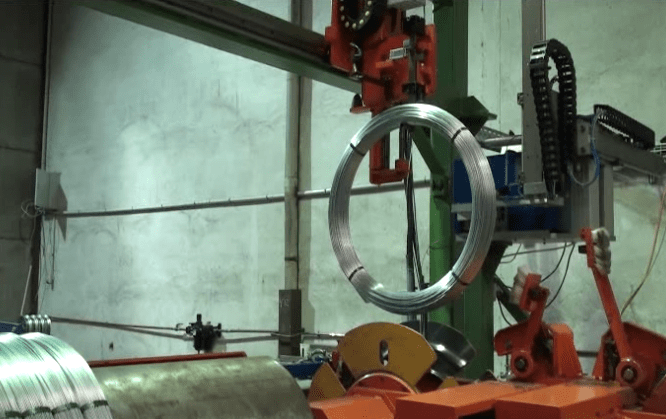
6. Conclusion: A Strategic Investment in Efficiency
The automatic wire coiler and strapping machine is far more than just a piece of equipment; it's a strategic investment in operational efficiency, product quality, and workplace safety. By automating the critical process of transforming bulk wire into securely packaged coils, it addresses key challenges faced by modern fabricators and wire processors. For any operation handling significant volumes of wire, evaluating the integration of such automated solutions is essential for maintaining competitiveness and achieving production excellence.

